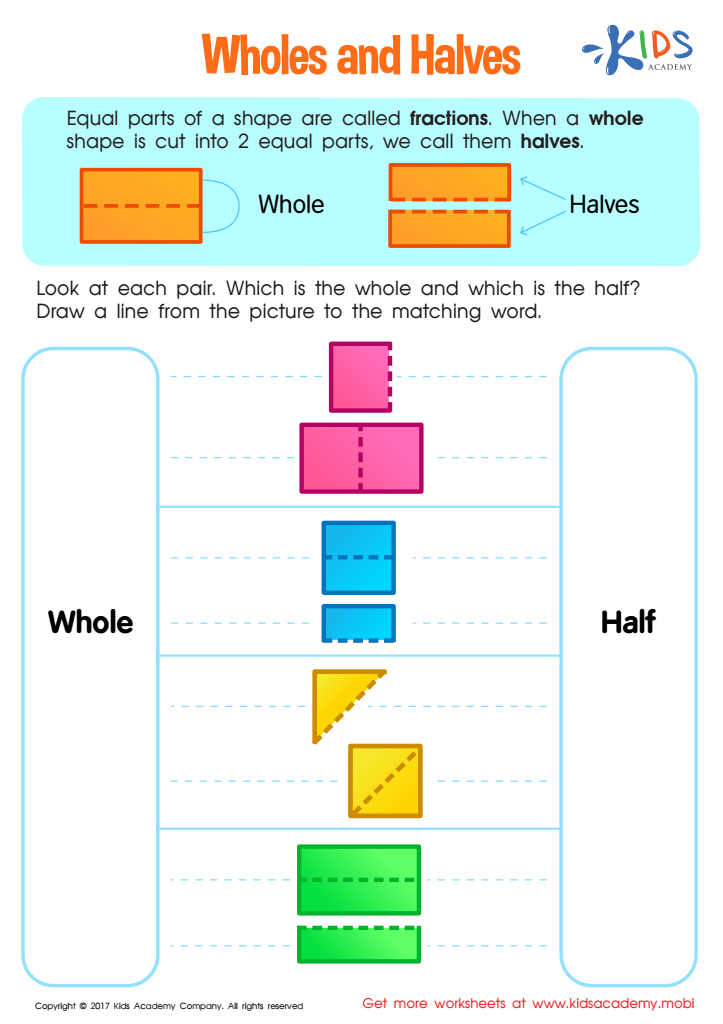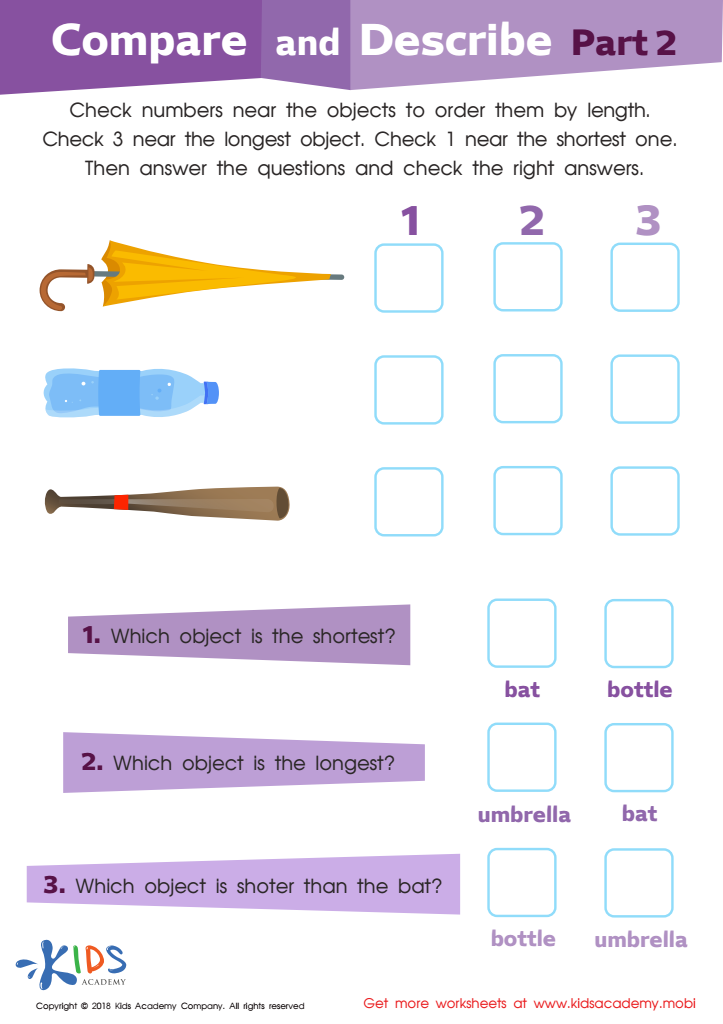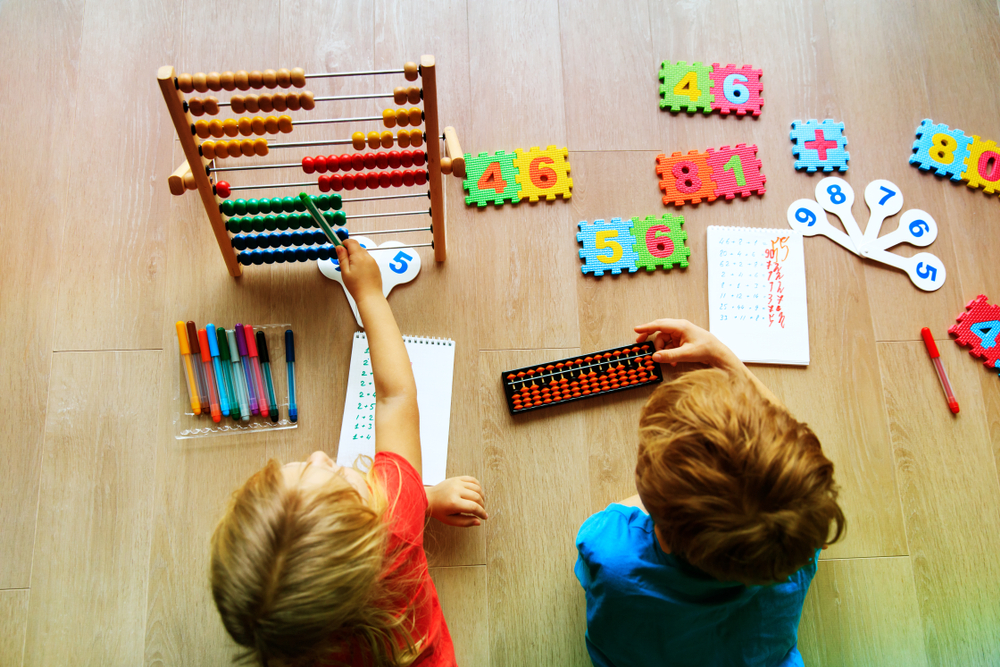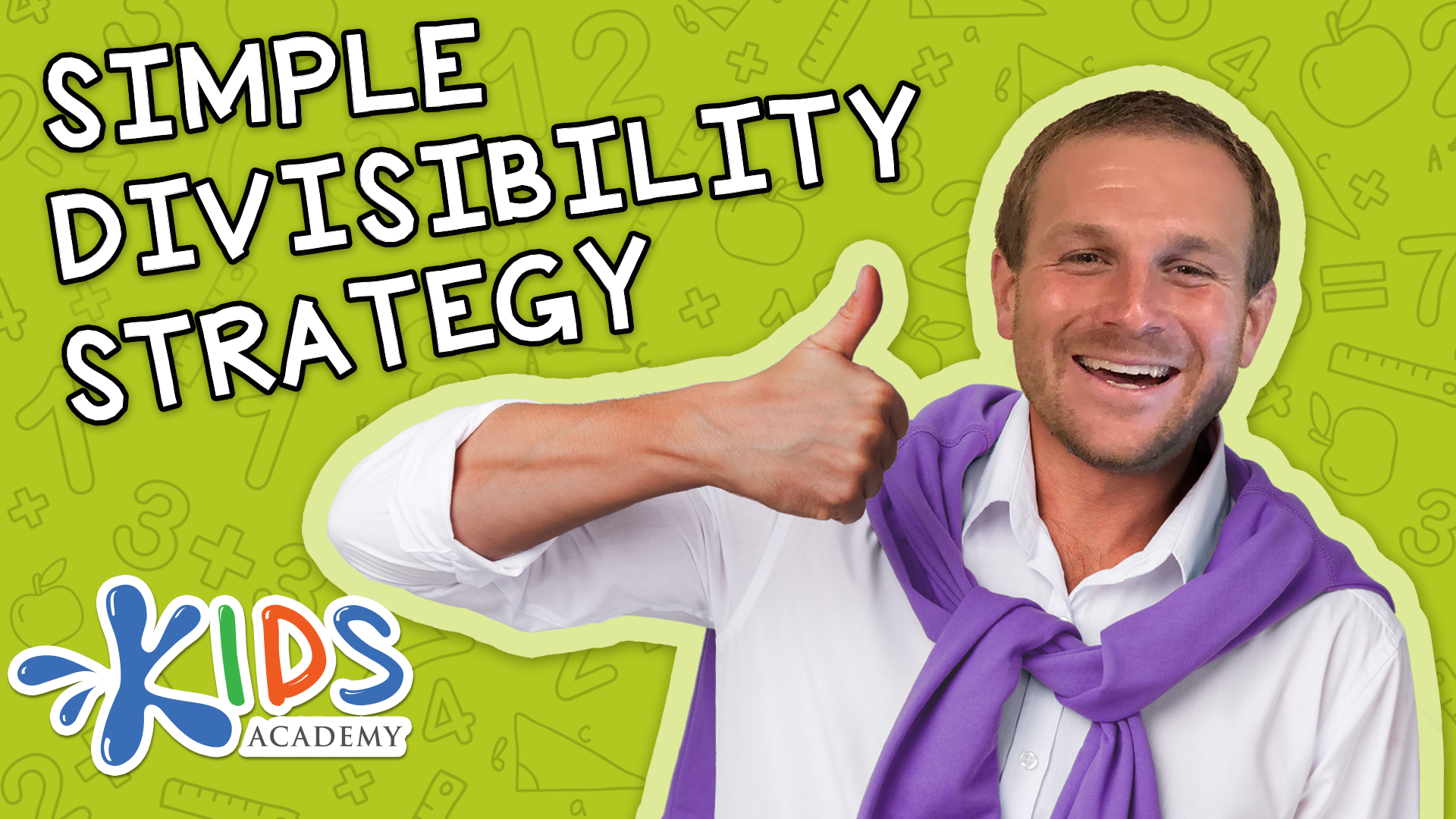Comparing sizes Normal Math Worksheets
3 filtered results
-
From - To
Discover our "Comparing Sizes" normal math worksheets, designed to enhance your child's understanding of measurement and comparison. These engaging and educational activities make learning fun and interactive, helping students grasp concepts of big, small, taller, shorter, and more. Ideal for early grade students, our worksheets support key learning skills and foster critical thinking. Perfect for both classroom and home practice, they provide a strong foundation in mathematics. Visit Kids Academy to explore our extensive collection of printable worksheets that cater to varying learning styles, and watch your child build confidence and excel in math effortlessly.


Tall or Short and Long or Short? Worksheet


Wholes and Halves Worksheet


Compare and Describe: Part 2 Worksheet
Understanding and comparing sizes is a fundamental concept in early childhood mathematics, essential for young children's cognitive development. When parents and teachers emphasize this skill, they are laying a crucial foundation for more advanced mathematical ideas such as measurement, geometry, and number sense.
By comparing sizes, children learn to observe, reason, and articulate differences in length, height, weight, and volume. This practice nurtures critical thinking and analytical skills. For instance, determining which object is taller or heavier involves not only visual assessment but also logical inference, boosting their problem-solving abilities.
Moreover, these activities can scaffold children’s understanding of concepts like more and less, fostering numerical relationships that underpin arithmetic operations. For example, recognizing that a block is shorter than a book allows children to grasp the idea of “less than,” a concept integral to understanding subtraction.
Parents and teachers who engage children in size comparison activities also support their language development. Descriptive words such as big, small, tall, short, heavy, and light expand vocabulary and enhance communicative abilities.
Incorporating comparing sizes into normal math practices ensures a holistic, engaging, and practical approach to early education, setting children on a path to lifelong learning and critical thinking.
 Assign to My Students
Assign to My Students















